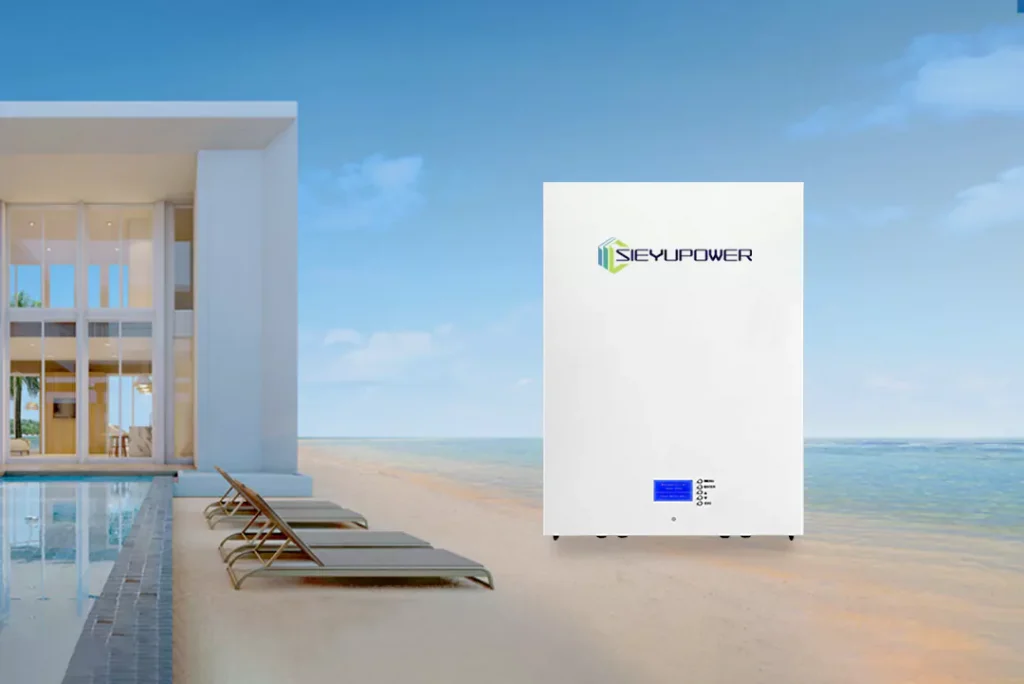A Lifecycle Assessment of Lifepo4 Lithium Iron Phusphate is essential for choosing an energy storage solution. The factors that should be considered are cost, environmental impact, structural stability, and Lifecycle. This article will discuss these aspects. Listed below are some of the benefits of Lifepo4 Lithium Iron Phosphate. If you are looking for a new battery solution for your vehicle, Lifepo4 may be the right solution.
Lifecycle
Lithium iron phosphate (LiFePO4) batteries have a longer life than the lithium ion battery. They can handle high temperatures and have a lifespan of between four and ten years. LiFePO4 batteries are recyclable, making them an attractive option for long-running applications. The batteries can withstand 2,000 to 5,000 charge and discharge cycles without losing their performance.
Compared to lead-acid batteries, lithium iron phosphate batteries have a lower total cost of ownership. Because the lithium iron phosphate cells are sealed, they do not require periodic acid adjustment, equalization charge, or cooling periods. They last as long as ten times as long as lead-acid batteries and require virtually zero maintenance. They can be used over again, giving their users the confidence that their investment will last for years.
Cost
Lithium iron phosphate batteries are gaining market traction in stationary and portable energy storage. They have several advantages over traditional lead-acid batteries, including improved energy efficiency, high power and energy density, and long life cycles. However, some major concerns remain, including safety and reliability, while others see opportunities for growth. Let’s take a closer look at the pros and cons of lithium iron phosphate batteries and how they are used.
The advantages of lithium iron phosphate batteries over lead-acid batteries include improved energy density, lightweight design, and long cycle life. Though they are not the cheapest batteries on the market, they are highly durable and can last for up to 5000 cycles of discharge and recharge at an average depth of 80 percent.

Environmental impact
The environmental impact of Lifepo4 Lithium-iron-phosphate batteries is comparatively low. The battery is safe to recycle and reuse, and its waste is harmless to human health. Moreover, it produces no pollution when disposed of. This technology is currently used only for lab scale applications. However, it is highly promising as an alternative to lithium-ion batteries.
A lithium iron phosphate battery offers superior operating characteristics to its predecessor, the lithium-ion battery. Its less-toxic manufacturing process also reduces the risks of accidental poisoning or allergic reactions. This is a significant advantage as lithium iron phosphate batteries can be used in renewable power systems. These batteries are cheaper than their lithium-ion counterparts, resulting in a lower overall cost for consumers.
Structural stability
A recent study reveals a new feature of lithium iron phosphate (LiFePO4): the olivine structure of the material. The olivine structure belongs to the orthorhombic space group Pnma. The crystal constants of LiFePO4 are 1.033, 0.601, and 0.4693 mm, respectively. Its structure consists of FeO6-octahedra with lithium atoms in between and interstitial voids.
The process of crystallizing LiFePO4 is similar to that of the hydrothermal method. During this process, precursor-salts are added and the mixture is sintered at high temperatures. Once crystallized, the mixture is cooled, and then sieved or ground to produce the finished product. However, this method of production is expensive and not applicable for small-scale industries. To overcome these limitations, other methods have been used such as adding carbon granules.
Deep discharge capacity
One of the great features of Lithium Iron Phosphate batteries is their deep discharge capacity. They can be fully discharged and still retain at least 80% of their initial capacity. These properties make these batteries an excellent choice for solar setups. Because they can handle a wide range of temperature, they are also suited for long-running and embedded applications. While Lithium-ion batteries have a much higher energy density, they are also more volatile and susceptible to damage caused by the temperature of their working components.
The lithium ions pass through the iron-phosphate lattice and membrane in a battery’s cells. They remain stored on the positive side of the battery until they are charged again. The battery drawing to the right shows a nearly discharged battery. A fully charged battery would contain lithium ions inside the carbon of the negative electrode. It would take about four hours for this process to complete.


